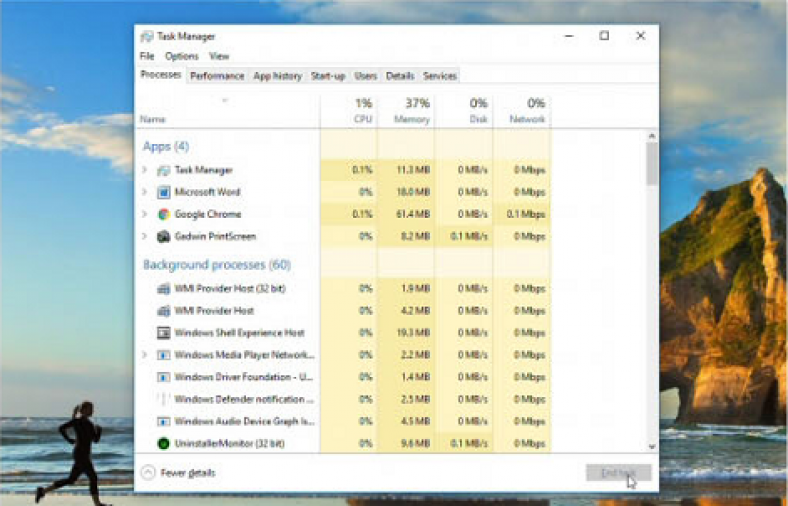
Which does not start at all from going into a restart loop. This case, starting successfully means that the container is up for at leastġ0 seconds and Docker has started monitoring it. Keep the following in mind when using restart policies:Ī restart policy only takes effect after a container starts successfully.
MAKE HANDYPRINT BOOT ON STARTUP UPDATE
$ docker update -restart unless-stopped $(docker ps -q ) Restart policy details Restart unless it is explicitly stopped or Docker is restarted. The following example starts a Redis container and configures it to always Similar to always, except that when the container is stopped (manually or otherwise), it is not restarted even after Docker daemon restarts. (See the second bullet listed in restart policy details) If it is manually stopped, it is restarted only when Docker daemon restarts or the container itself is manually restarted. Optionally, limit the number of times the Docker daemon attempts to restart the container using the :max-retries option.Īlways restart the container if it stops. Restart the container if it exits due to an error, which manifests as a non-zero exit code. The value of the -restart flag can beĭo not automatically restart the container. To configure the restart policy for a container, use the -restart flag Using -live-restore allows you to keep your containers runningĭuring a Docker upgrade, though networking and user input are interrupted. Restart policies are different from the -live-restore flag of the dockerdĬommand. Using process managers to start containers. Docker recommends that you use restart policies, and avoid

Restart policies ensure that linked containers are started in

To control whether your containers start automatically when they exit, or whenĭocker restarts.


 0 kommentar(er)
0 kommentar(er)
